The run-up to Christmas, although filled with excitement and anticipation, can be long; while we’re planning to give our families the perfect Christmas Day, we anticipate all kinds of successes and failures from the moment the first present is unwrapped to the nightcap over boardgames.
And so much of our energy is focused on the moment we eventually get to sit down to dinner surrounded by loved ones over good food and, hopefully, good conversation – because the Christmas table is where memories are made.
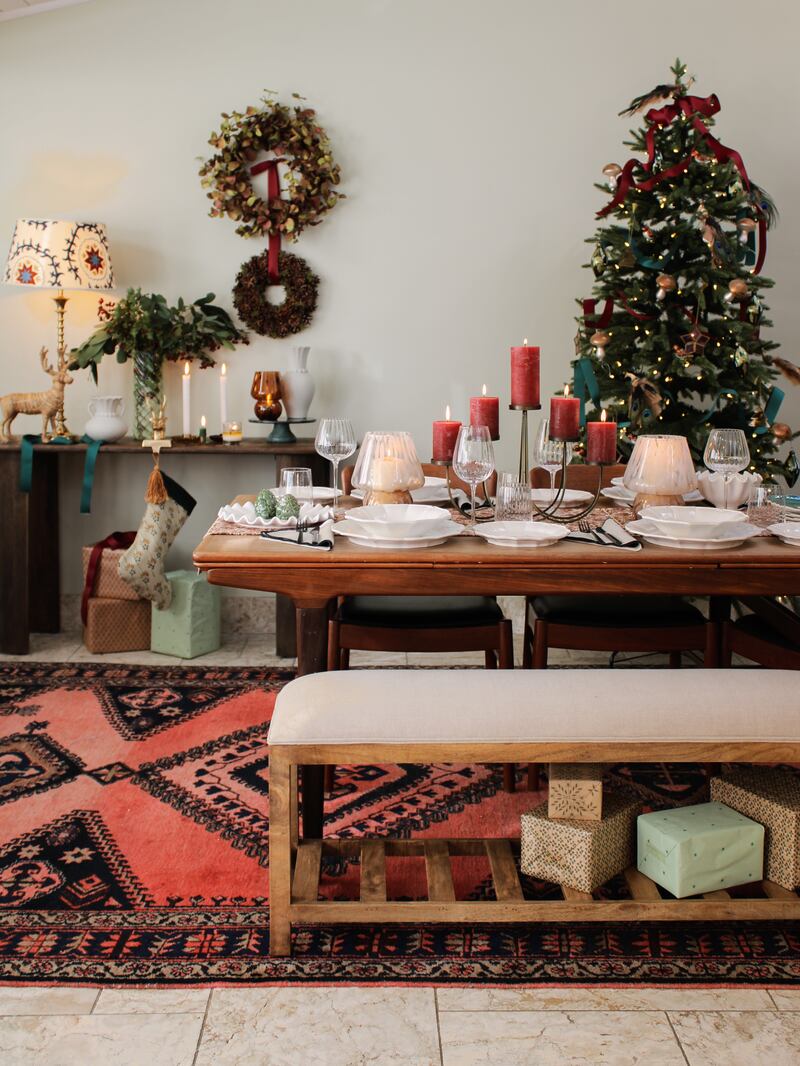
If you are hosting this year, set the tone with a show-stopping tablescape. What makes for a good tablescape is as subjective as any other interior design or styling choice; however, there are a few rules and adhering to them will help you create a picture-perfect festive table.
Design by theme
The first step in designing a Christmas table is to decide on a theme for your look. You might want to reference the overall theme of your home’s Christmas decor or else branch out to a complimentary look, but cohesion and a whole-home approach are key to wowing guests.
READ MORE
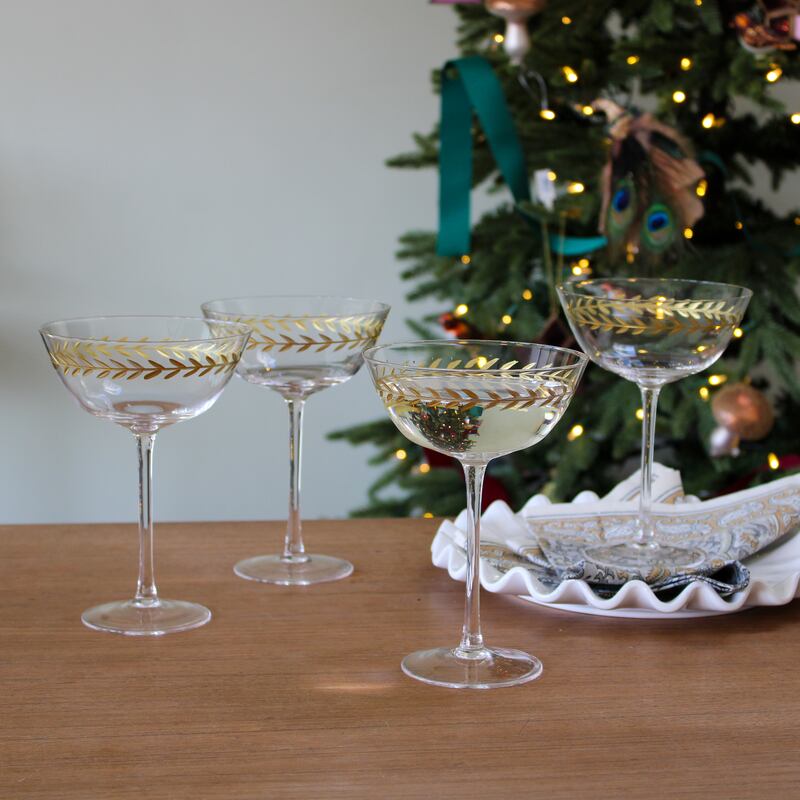
If your home is decked out in traditional Christmas themes then lean into this for your table; use pine cones as place name holders and a tartan runner. A more modern, Scandi look would benefit from a clean table that focuses on the tactile – linens and fresh eucalyptus are great for minimalist table settings.
The look of the moment across interiors is one of quiet luxury and with the return of the formal dining table this is the perfect time to tap into that theme. What this means to each individual will differ from person to person but, overall, it is the incorporation of heritage and heirloom pieces into your decor, curating a table that is not only impactful but deeply personal.
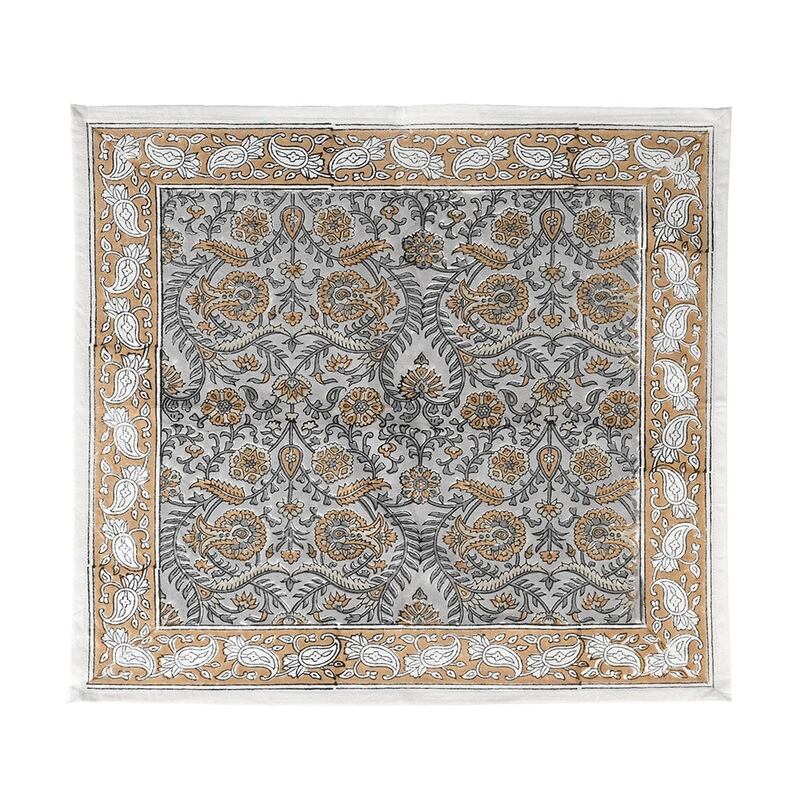
Cohesion through colour
Nailing your colour palette is key to a successful tablescape. Focus on around four or five colours, at least two of which should be neutrals, such as beige, white or black. Strong accent colours are definitely recommended and try to use the whole-home approach when deciding on them, not only taking your theme into account but also your surroundings in general. Tying your tablescape into your overall interiors will give your Christmas dinner that magazine-ready finish.
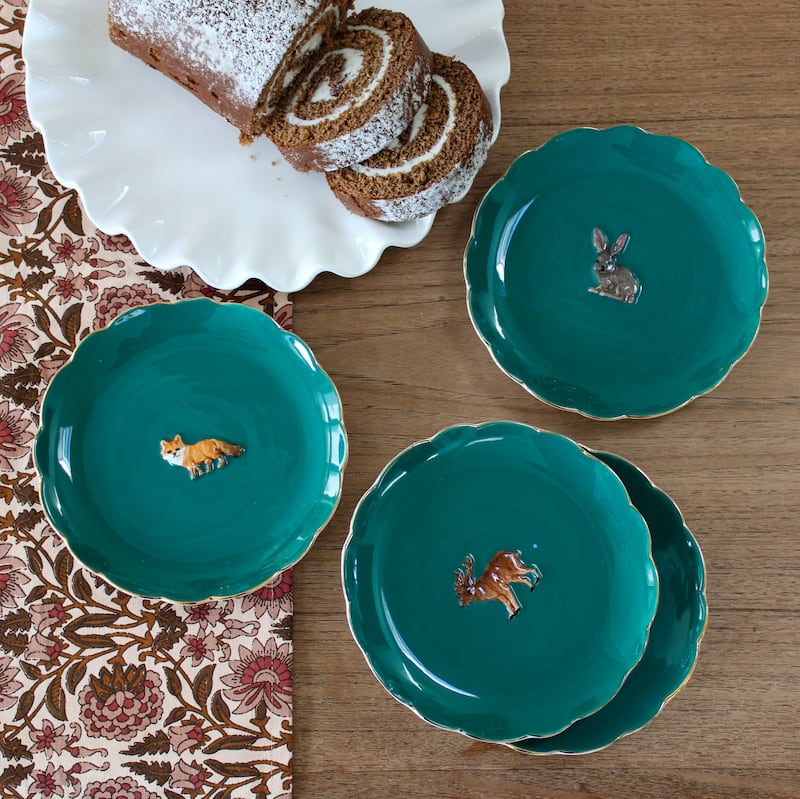
For example, if your dining area has an accent colour, lead with that on your table and express it through the colours of textiles, such as napkins and tablecloths, or through coloured candles for a more subtle approach.
Ensuring that your surroundings are cohesive with your table at this level creates instant visual impact and one that guests will be sure to remember. If you are lost for colour ideas, shades of wine, burgundy and brown are on trend this season and will give your table that modern twist on the traditional that is very of the moment.
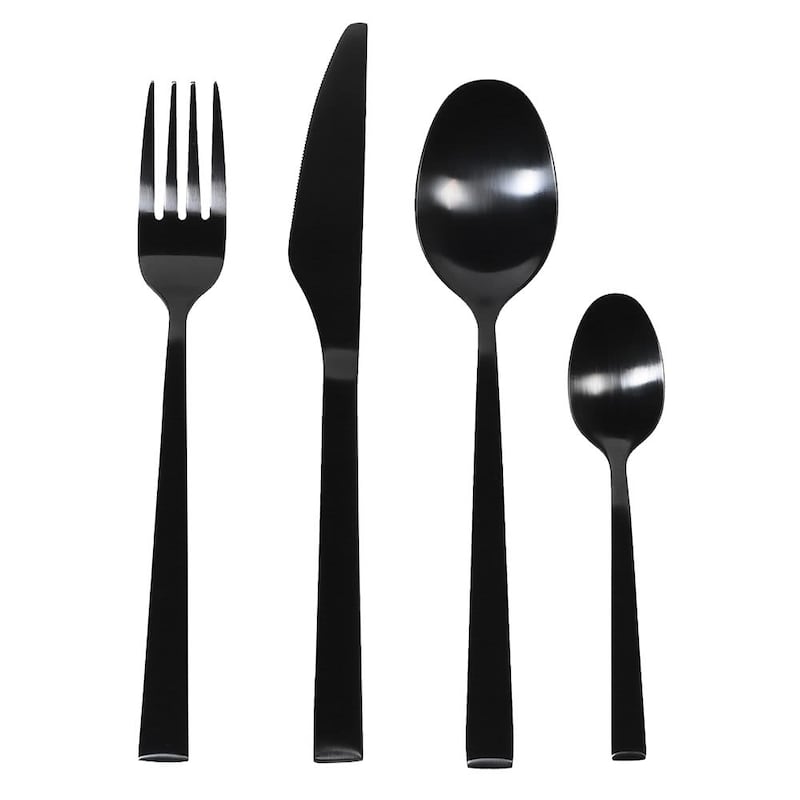
Layering the table
Layering is the stylist’s secret to the art of tablescaping. From the decision of tablecloth versus runner to centrepiece height, approaching each layer with consideration will achieve a professional Christmas table look.
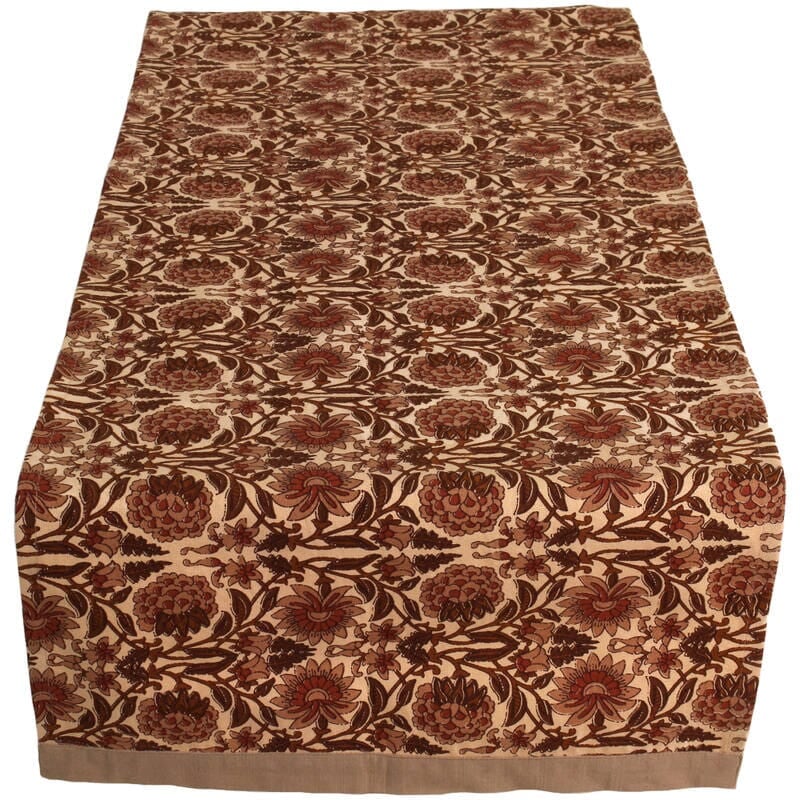
Your base layer should be either a full tablecloth or a combination of runner and placemat, or charger plate followed by your place-setting stack, which will adhere to the rule of three; dinner plate, soup bowl and side plate. Depending on your number of guests, a name place holder can be sat atop the soup bowl or on the side plate; otherwise you can adorn with a napkin and napkin ring.
Don’t be afraid to think outside the box and add quirky pieces as conversation starters on your table. Unusual crockery and serving items – such as sculpted salt and pepper shakers or unique side plates – can add humour to your table and remain chic in the process. Heirloom pieces such as serving platters and gravy boats are wonderful additions and add layers to the story of your table.
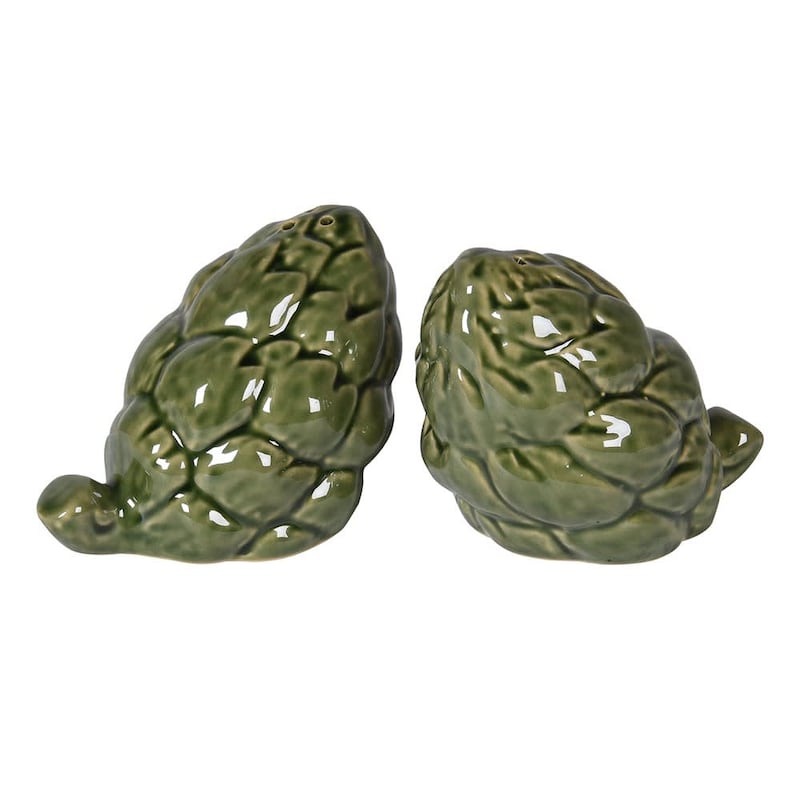
A show-stopping centrepiece
The hero of the Christmas table is the centrepiece. As the dishes change between courses, the centrepiece will remain and create the overarching memory of the table. Mimic the layering of the table by layering your centrepiece, creating focal points at different heights with multiple materials and finishes.
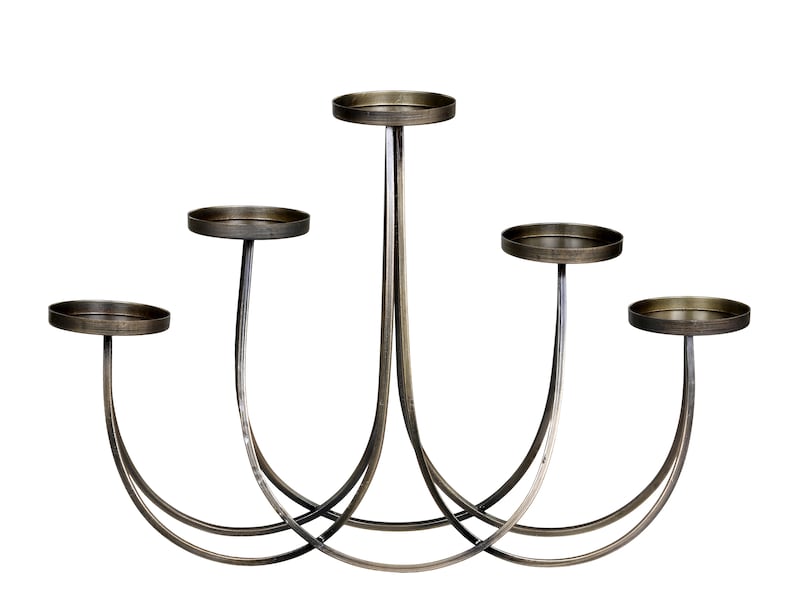
Laying foliage low across the length of the table is a great way of incorporating fresh cuts into your centrepiece. Take care to avoid flowers and foliage that shed easily and can get in the way of your meal – fresh eucalyptus and rosemary are great options and have the added bonus of foodie scents.
Then work your way up with candles and lighting, varying styles from tea light, hurricanes and votives to tall-stemmed dinner candles. You want to create a gradient in heights – but always take care to avoid a tall candle directly in someone’s eye line; you don’t want to hinder delightful conversations that are bound to be in flow around your considered Christmas table.











